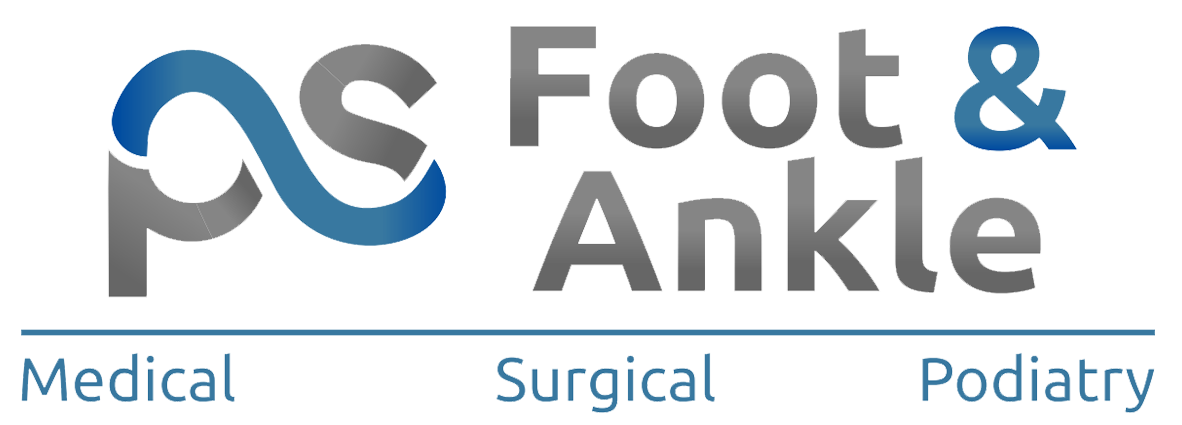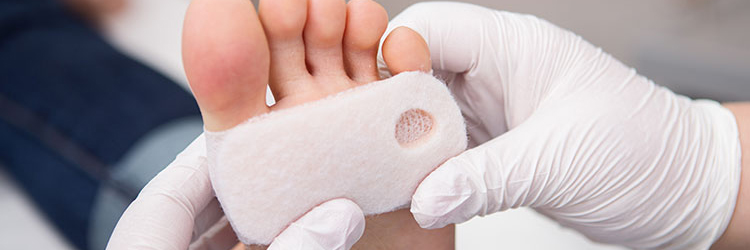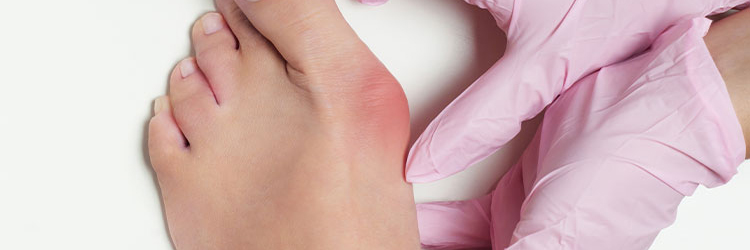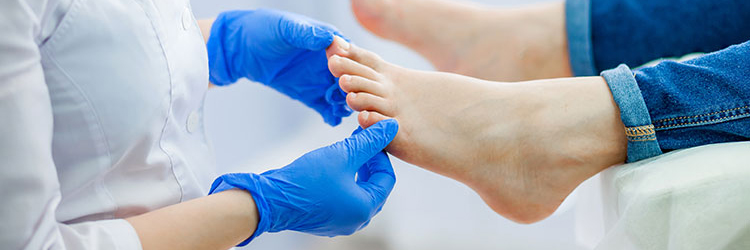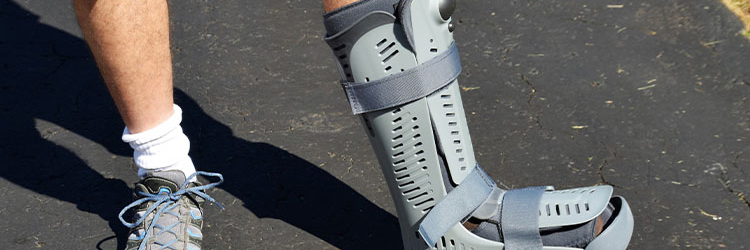Understanding Bunions and Exploring Bunion Surgery Options
Bunions are a common foot condition that can cause discomfort and inconvenience for many individuals. While they may seem like a mere cosmetic issue, bunions can lead to significant pain and mobility limitations if left untreated for a long time. Bunion surgery, also known as bunionectomy, is often considered as a viable solution for individuals experiencing severe symptoms. In this blog post, we’ll delve into the details of bunions, their causes, symptoms, and explore the various surgical options available to alleviate the condition.
Understanding Bunions:
A bunion is the migration of the 1st metatarsal bone that causes the joint to protrude outward. This deformity typically occurs when the big toe pushes against the next toe, forcing the joint of the big toe to enlarge and protrude. While the exact cause of bunions is not always clear, several factors contribute to their development, including genetics, wearing tight or ill-fitting shoes, increased pronatory gait pattern and certain foot conditions like arthritis.
Symptoms of Bunions:
Bunions can manifest in various symptoms, including:
- Pain or soreness: Individuals with bunions often experience pain and tenderness around the affected big toe joint, especially when walking or wearing tight fitting shoes.
- Inflammation and redness: The bunion area may become swollen and inflamed, leading to discomfort and difficulty wearing shoes.
- Limited mobility: As the bunion progresses, it can restrict the movement of the big toe, making it challenging to perform regular activities like walking or exercising with notable pivoting/ballistic/propulsive activity
- Corns and calluses: Bunions can cause friction against footwear, resulting in the formation of corns and calluses on the affected toe.
Bunion Surgery:
Bunion surgery is typically recommended for individuals who experience persistent pain and difficulty performing daily activities due to their bunions. The primary goals of bunion surgery are to realign the affected joint, relieve pain, and improve foot function. There are MANY surgical techniques available, and the choice depends on the severity of the bunion and the patient’s unique needs. The best decision is by your board certified podiatrist as they can best understand the nature and etiology of your specific bunion and offer solutions that can help prevent long term reoccurrence and allow you to continue your lifestyle. Some common types of bunion surgeries include:
- Osteotomy: In this procedure, the surgeon cuts and realigns the bone to correct the deformity of the big toe joint.
- Arthrodesis: Also known as fusion, this procedure involves fusing the bones of the affected joint to stabilize it and alleviate pain.
- Exostectomy: This surgical method involves removing the bony bump or protrusion from the joint without altering the bone alignment. This is is typically reserved for elderly population that is unable to accomodate a full rehab period.
Recovery and Rehabilitation: Following bunion surgery, patients typically undergo a period of recovery and rehabilitation to promote healing and restore foot function. The recovery process may involve wearing a protective boot or cast, keeping weight off the affected foot, and performing prescribed exercises to strengthen the foot muscles and improve flexibility.
Bunions can significantly impact an individual’s quality of life, causing pain, discomfort, and mobility limitations. While conservative treatments such as wearing proper footwear and using orthotic devices can help manage mild symptoms, bunion surgery may be necessary for severe cases. By understanding the causes, symptoms, and available treatment options for bunions, individuals can make informed decisions about their foot health and seek appropriate medical care when needed. If you’re experiencing persistent foot pain or notice signs of a bunion, consult with a board certified healthcare professional for evaluation and treatment recommendations. Dr. Sanghvi is trained in the latest techniques and modalities for bunion correct. Seek a consultation and discuss options.

